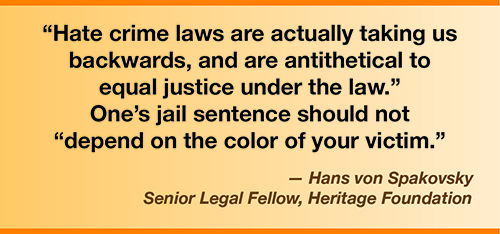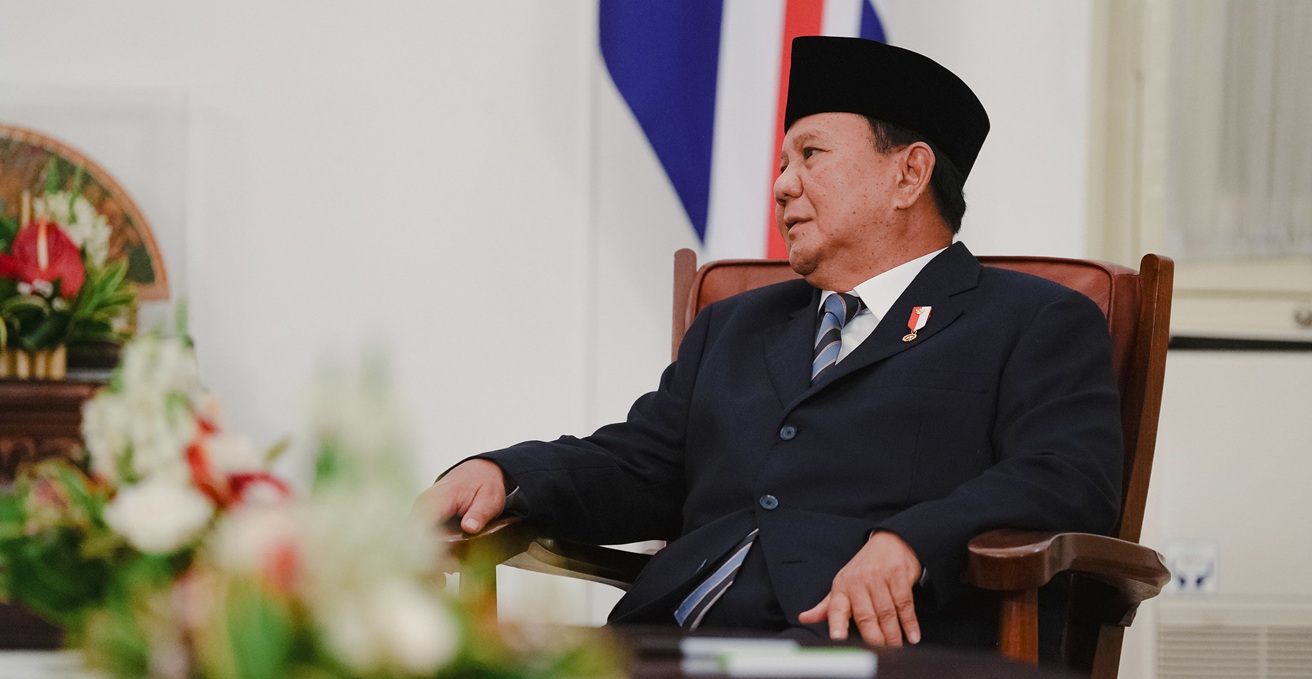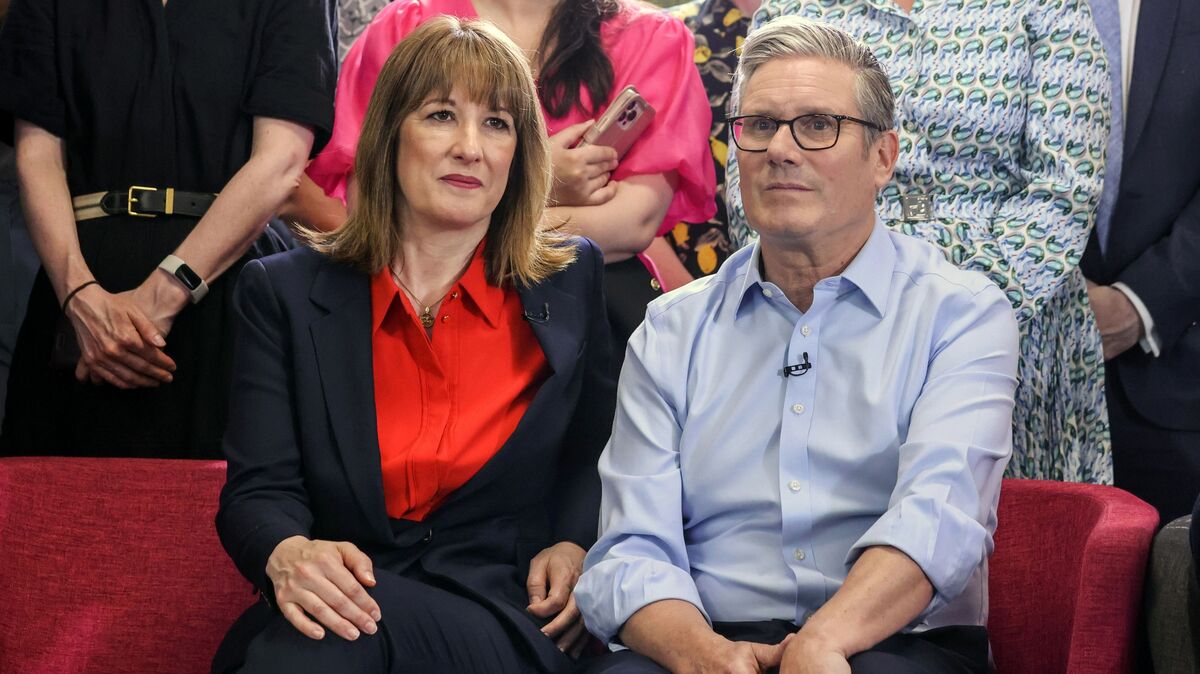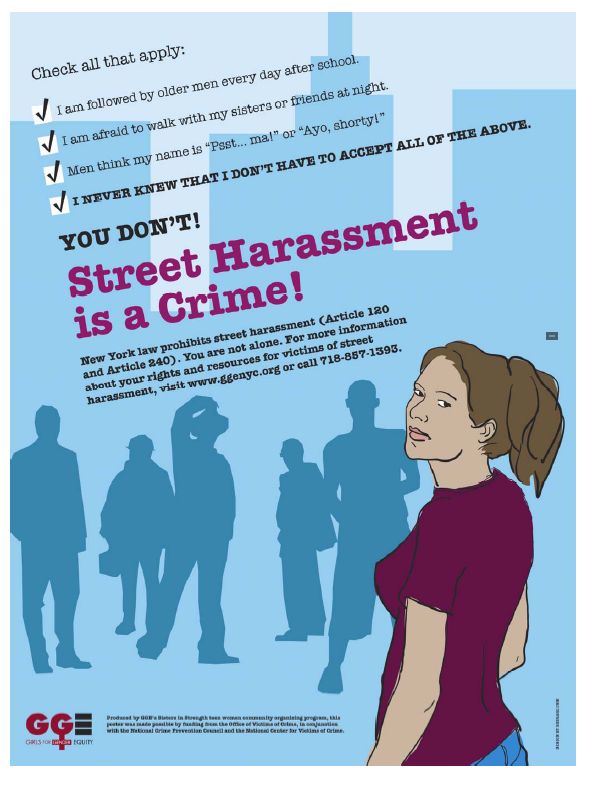
The Fight Against Gender Inequality and Its Impact on Food Insecurity and the Climate Crisis
The fight against gender inequality is crucial to combating food insecurity and the climate crisis, according to the latest report by the Food and Agriculture Organization (FAO).
Gender Inequality and Climate Change
The United Nations has warned that women who run farms and rural households in poor countries suffer more from climate change and face discrimination as they try to adapt to other sources of income during times of crises.
The FAO’s report, titled “The Unjust Climate,” reveals that female-headed rural households experience an average income loss of 8% during heat waves and 3% during floods, compared to male-headed households.
The Impact of Climate Change on Women
Considering the significant existing differences in agricultural productivity and wages between women and men, the study suggests that if not addressed, climate change will greatly widen these gaps in the years ahead, warns the FAO.
The FAO conducted a survey of 100,000 rural households across 24 poor and middle-income countries worldwide. The agency integrated this data with 70 years of precipitation and temperature data to arrive at these statistics.
Inadequate Government Plans for Climate Change Adaptation
The report highlights that few government plans to address climate change and promote adaptation strategies take into account the specific vulnerabilities of rural women and youths.
Out of over 4,000 proposals contained in the national climate adaptation plans of the surveyed countries, only 6% mentioned women.
Discrimination and Access to Resources
In many poor countries, women face discrimination in their ability to have rights to land or make decisions about their work. When they attempt to diversify their sources of income due to climate crises affecting farm and livestock productivity, they also encounter discrimination in accessing information, financing, and technology.
Targeted Strategies for Rural Women
The report calls for the implementation of targeted strategies to address the specific vulnerabilities of rural households headed by women.
“Social differences based on locations, wealth, gender, and age have a powerful, yet poorly understood, impact on rural peoples’ vulnerability to the impacts of the climate crisis,” said Qu Dongyu, the director general of FAO.
“These findings highlight the urgent need to allocate significantly more financial resources and policy attention to issues of inclusivity and resilience in global and national climate actions,” he added.
SDGs, Targets, and Indicators
1. Which SDGs are addressed or connected to the issues highlighted in the article?
- SDG 1: No Poverty
- SDG 2: Zero Hunger
- SDG 5: Gender Equality
- SDG 13: Climate Action
2. What specific targets under those SDGs can be identified based on the article’s content?
- Target 1.4: By 2030, ensure that all men and women, in particular, the poor and the vulnerable, have equal rights to economic resources, as well as access to basic services, ownership, and control over land and other forms of property.
- Target 2.3: By 2030, double the agricultural productivity and incomes of small-scale food producers, in particular, women.
- Target 5.a: Undertake reforms to give women equal rights to economic resources, as well as access to ownership and control over land and other forms of property.
- Target 13.1: Strengthen resilience and adaptive capacity to climate-related hazards and natural disasters in all countries.
3. Are there any indicators mentioned or implied in the article that can be used to measure progress towards the identified targets?
- Indicator 1.4.2: Proportion of total adult population with secure tenure rights to land, with legally recognized documentation and who perceive their rights to land as secure, by sex and by type of tenure.
- Indicator 2.3.1: Volume of production per labor unit by classes of farming/pastoral/forestry enterprise size.
- Indicator 5.a.1: (a) Proportion of total agricultural population with ownership or secure rights over agricultural land, by sex; and (b) share of women among owners or rights-bearers of agricultural land, by type of tenure.
- Indicator 13.1.1: Number of deaths, missing persons, and directly affected persons attributed to disasters per 100,000 population.
Table: SDGs, Targets, and Indicators
| SDGs | Targets | Indicators |
|---|---|---|
| SDG 1: No Poverty | Target 1.4: By 2030, ensure that all men and women, in particular, the poor and the vulnerable, have equal rights to economic resources, as well as access to basic services, ownership, and control over land and other forms of property. | Indicator 1.4.2: Proportion of total adult population with secure tenure rights to land, with legally recognized documentation and who perceive their rights to land as secure, by sex and by type of tenure. |
| SDG 2: Zero Hunger | Target 2.3: By 2030, double the agricultural productivity and incomes of small-scale food producers, in particular, women. | Indicator 2.3.1: Volume of production per labor unit by classes of farming/pastoral/forestry enterprise size. |
| SDG 5: Gender Equality | Target 5.a: Undertake reforms to give women equal rights to economic resources, as well as access to ownership and control over land and other forms of property. | Indicator 5.a.1: (a) Proportion of total agricultural population with ownership or secure rights over agricultural land, by sex; and (b) share of women among owners or rights-bearers of agricultural land, by type of tenure. |
| SDG 13: Climate Action | Target 13.1: Strengthen resilience and adaptive capacity to climate-related hazards and natural disasters in all countries. | Indicator 13.1.1: Number of deaths, missing persons, and directly affected persons attributed to disasters per 100,000 population. |
The article addresses the issues of gender inequality, food insecurity, and the climate crisis. These issues are connected to multiple Sustainable Development Goals (SDGs), including SDG 1 (No Poverty), SDG 2 (Zero Hunger), SDG 5 (Gender Equality), and SDG 13 (Climate Action).
Based on the article’s content, specific targets under these SDGs can be identified. For SDG 1, the target is to ensure equal rights to economic resources and access to land and property for men and women. For SDG 2, the target is to double the agricultural productivity and incomes of small-scale food producers, particularly women. For SDG 5, the target is to undertake reforms to give women equal rights to economic resources and access to land and property. For SDG 13, the target is to strengthen resilience and adaptive capacity to climate-related hazards and natural disasters.
The article mentions indicators that can be used to measure progress towards these targets. Indicator 1.4.2 measures the proportion of the population with secure tenure rights to land, Indicator 2.3.1 measures the volume of production per labor unit, Indicator 5.a.1 measures the proportion of the agricultural population with ownership or secure rights over land, and Indicator 13.1.1 measures the impact of disasters on the population.
Behold! This splendid article springs forth from the wellspring of knowledge, shaped by a wondrous proprietary AI technology that delved into a vast ocean of data, illuminating the path towards the Sustainable Development Goals. Remember that all rights are reserved by SDG Investors LLC, empowering us to champion progress together.
Source: euronews.com

Join us, as fellow seekers of change, on a transformative journey at https://sdgtalks.ai/welcome, where you can become a member and actively contribute to shaping a brighter future.






